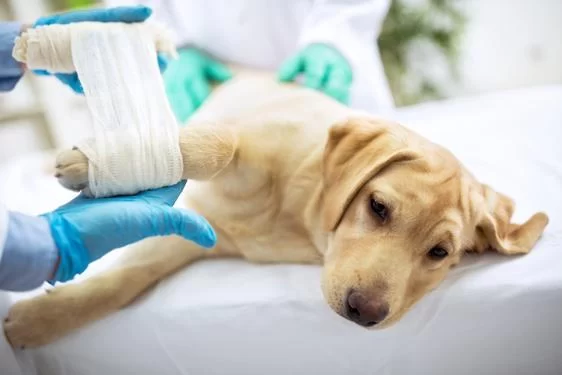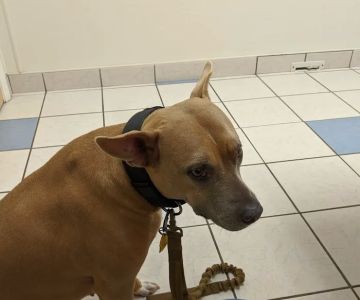- 1. Understanding Pet Pain
- 2. Common Causes of Pain in Pets
- 3. Pain Management Techniques in Veterinary Clinics
- 4. Importance of Early Diagnosis and Treatment
- 5. How to Monitor and Care for Your Pet After Treatment
1. Understanding Pet Pain
Pain is a natural response to injury or illness, and pets are no exception. Just like humans, animals experience pain, but they often hide it due to their instincts. Understanding how to identify pain in your pet is the first step in ensuring they receive the appropriate care. Common signs of pain in pets include limping, reluctance to move, changes in behavior, and even vocalizations. It's essential for pet owners to recognize these signs early on, as untreated pain can lead to long-term complications and discomfort for your pet.
2. Common Causes of Pain in Pets
There are various reasons why a pet may experience pain. Some of the most common causes include:
- Arthritis: Just like humans, pets can develop arthritis as they age. This condition causes inflammation in the joints, leading to stiffness and pain, making it difficult for pets to move comfortably.
- Injuries: Accidents or falls can result in injuries such as fractures or sprains. These injuries often lead to significant pain and require immediate attention from a veterinary clinic.
- Surgical Recovery: After surgery, pets may experience pain as part of the healing process. Proper pain management is critical to help them recover comfortably and avoid complications.
- Internal Conditions: Conditions such as kidney disease, pancreatitis, and gastrointestinal issues can also cause pain in pets. These conditions often require long-term management to alleviate discomfort.
3. Pain Management Techniques in Veterinary Clinics
Veterinary clinics employ various techniques to manage pain in pets, ensuring they remain comfortable during their recovery. These techniques include:
- Medications: One of the most common methods for pain relief is through medication. Non-steroidal anti-inflammatory drugs (NSAIDs), opioids, and corticosteroids are commonly prescribed to manage pain in pets. Your vet will determine the best medication based on your pet’s specific condition and needs.
- Physical Therapy: Physical therapy can help alleviate pain by improving mobility and reducing inflammation. Techniques like hydrotherapy, massage, and controlled exercises are often recommended for pets with arthritis or those recovering from surgery.
- Acupuncture: Acupuncture is an alternative therapy that involves inserting thin needles into specific points on the body to stimulate the nervous system. This treatment has been found to be effective in managing chronic pain, especially in pets with conditions like arthritis.
- Laser Therapy: Laser therapy uses light to stimulate healing in damaged tissues and reduce pain and inflammation. It's a non-invasive treatment that can be beneficial for pets recovering from injuries or surgeries.
4. Importance of Early Diagnosis and Treatment
Early diagnosis and treatment of pain in pets are crucial for preventing long-term suffering. When pain is left untreated, it can lead to chronic conditions that are harder to manage and may even affect your pet’s quality of life. Regular veterinary check-ups allow your vet to catch potential pain issues before they become more severe. For example, catching arthritis in its early stages allows for prompt intervention, which can prevent further joint damage and provide your pet with a better quality of life. If you notice any signs of pain, don't hesitate to bring your pet to a veterinary clinic for evaluation and treatment.
5. How to Monitor and Care for Your Pet After Treatment
Once your pet has received treatment for pain, it's essential to continue monitoring their condition. Follow your vet’s instructions for at-home care, including administering prescribed medications and providing a comfortable, quiet space for rest. Watch for any changes in your pet’s behavior or signs that the pain may not be fully alleviated. If you notice anything concerning, reach out to your vet immediately to adjust the treatment plan if necessary.
At Hidden Brook Veterinary, we provide comprehensive pain management services for pets, ensuring they receive the best care possible. Our goal is to help your pet recover quickly and comfortably, so they can return to enjoying their life with you.












